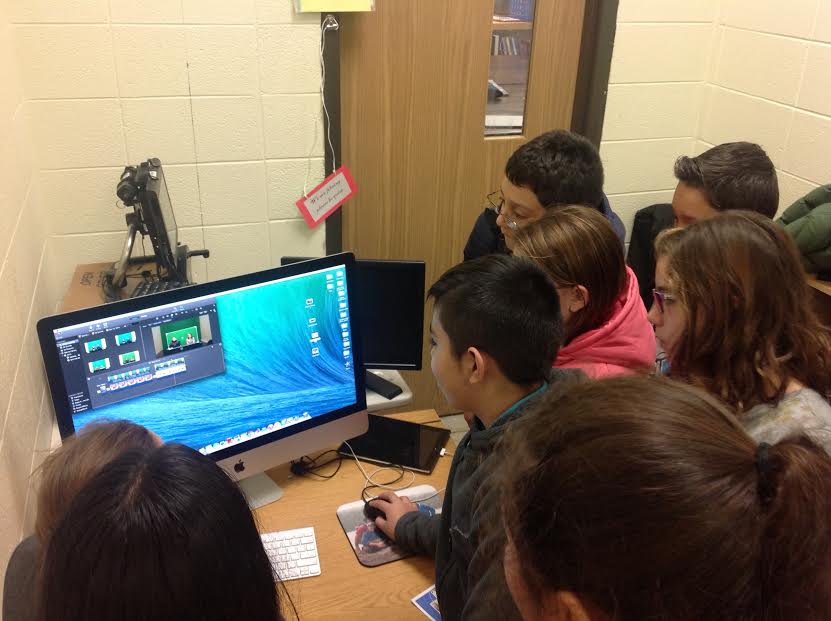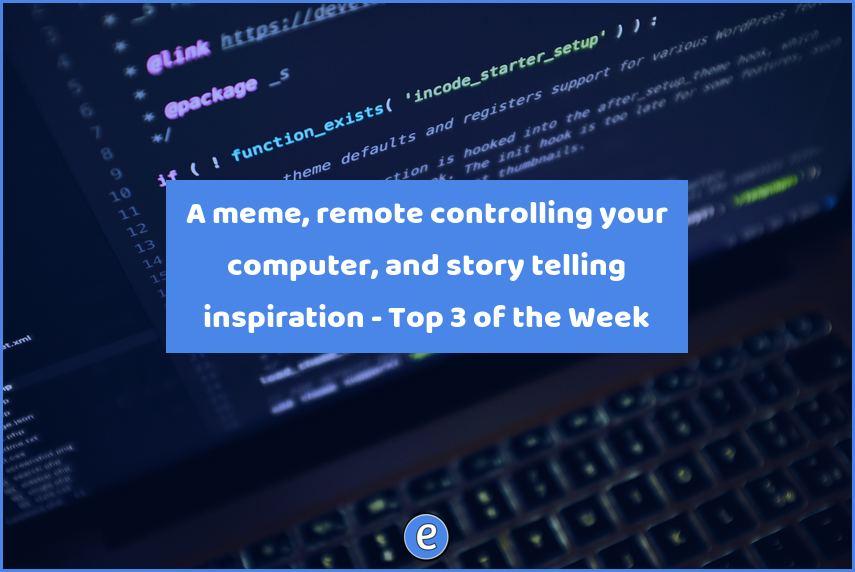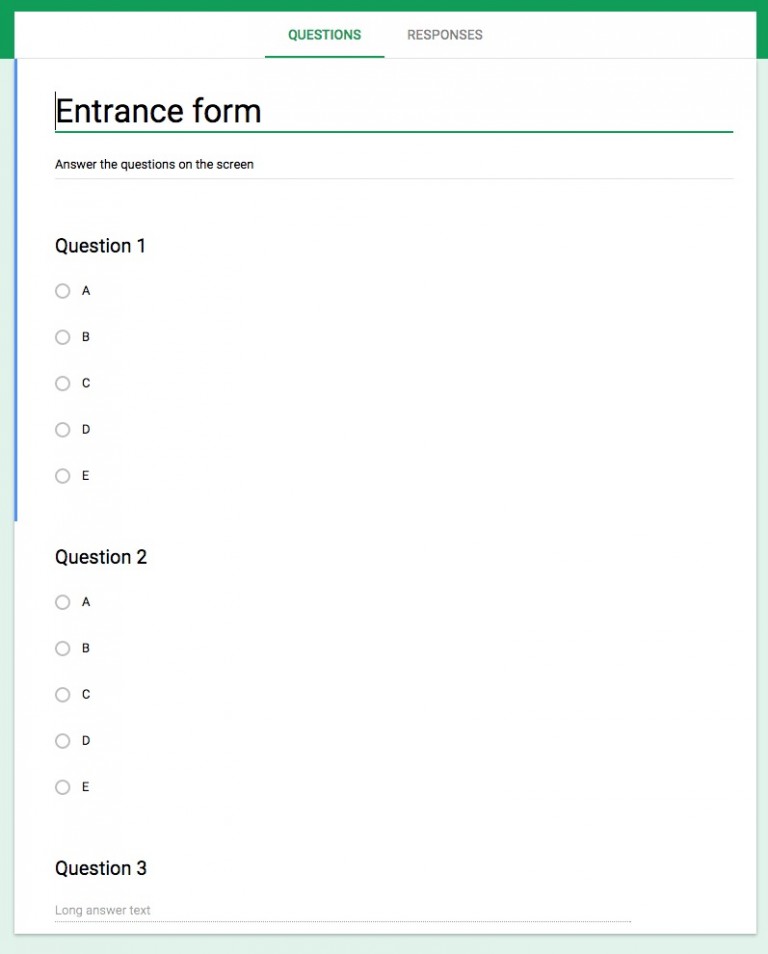Tablet tablets everywhere and not a screen to touch
Apple has been making a push for the iPads in the classroom, and their latest salvo is an iPad that works with the Apple Pencil and Logitech Crayon. Unfortunately for Apple, I don’t believe the new iPad and the push for multimedia creation will be enough to sway schools from the lure of Chromebooks.
To make matter worse for Apple, Acer has released the first ChromeOS tablet. The Acer Tablet compares favorably with the new iPad, with some notable exceptions.
Here are some quick thoughts on the subject of tablets.
iPads can do what the Chromebook can’t
It’s smart for Apple to emphasize the multimedia production capabilities of the iPads. A Chromebook has nothing that can do what iMovie and Garageband can do (and no, WeVideo and Soundtrap don’t count). The iPad also has a multitude of touch friendly apps, many geared toward education.
Unfortunately, document production is still a top task to be completed in schools, requiring the addition of a keyboard. Repairability is also a concern. Many Chromebooks can have a screen swap take place in a few minutes, while the iPad takes considerably longer.
The Chromebook advantages
The biggest advantage for ChromeOS devices is their longevity. All new Chromebooks will have OS updates and support for 6.5 years. To put that number into perspective, 6 1/2 years ago the current iOS devices were the iPad 3 and the iPhone 4S. Both devices were left behind 2 years ago and are stuck with iOS 9.
This is important for two reasons. One is the fact that schools will be able to keep and use devices for a pretty long time. The other is a price difference in the management piece. Schools pay a $30 fee to manage Chromebooks for the life of the device. This comes in at under $5 a year for a device that can be used for at least 6 1/2 years. Apple expects schools to contract with outside service for mobile device management, which comes with costs of $7 to $10 per year.
The other advantage is the availability of the full Chrome browser on ChromeOS devices. It is still easier for a teacher to have students use a website versus installing an app.
What should you use?
The million dollar question, which just so happens to also be the wrong question. It boils down to finding out what you want to do, looking at what devices will fulfill those needs, and make a cost analysis of what the district can afford that fits into these parameters.
Did you really think I was going to favor one of the other?






